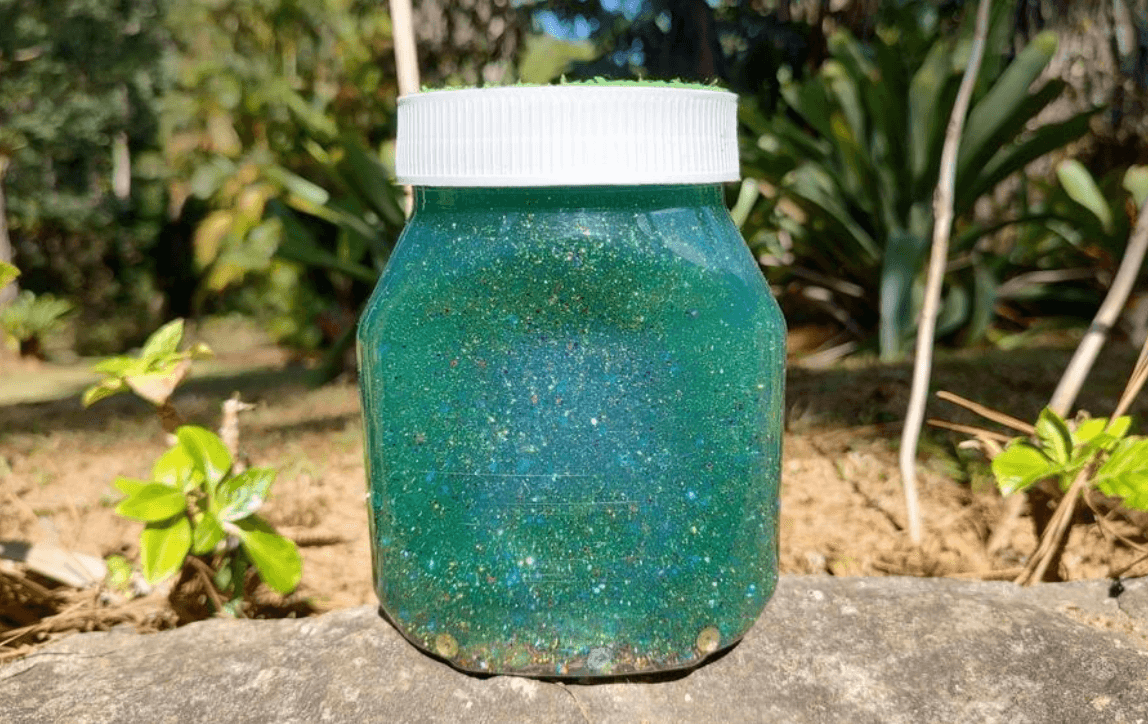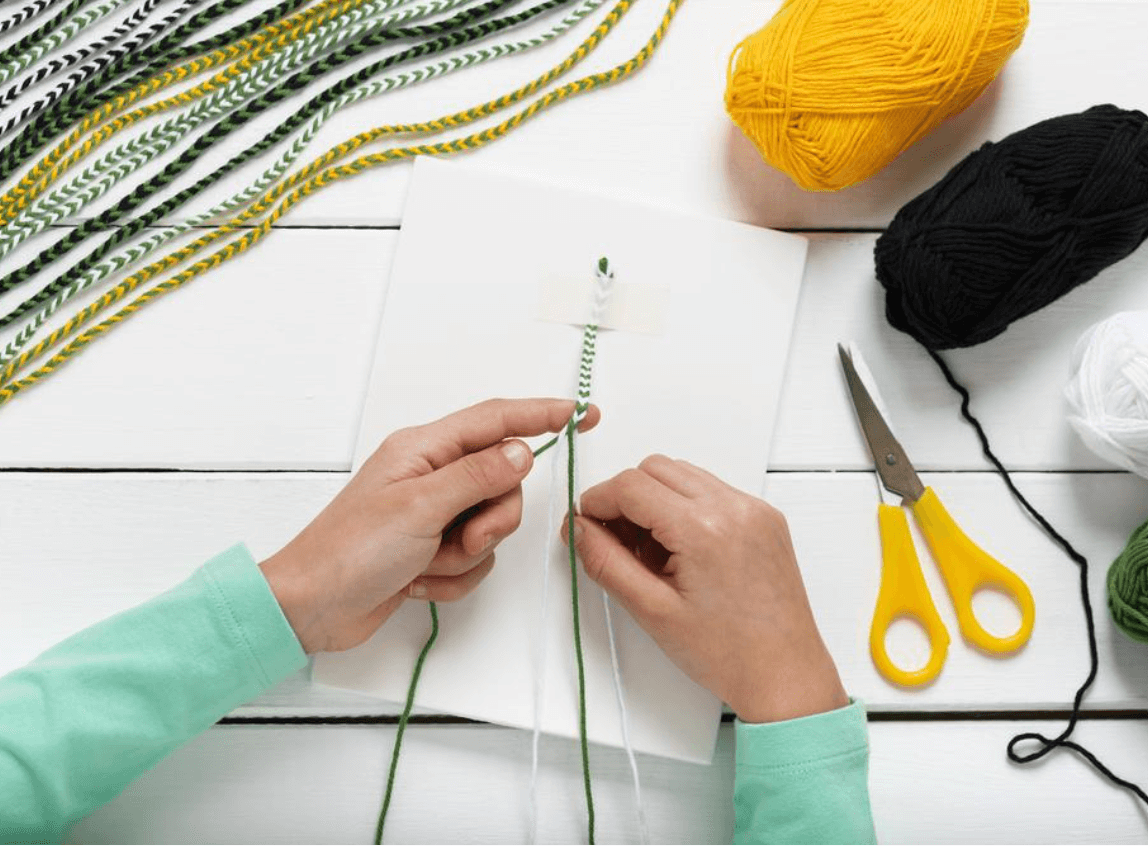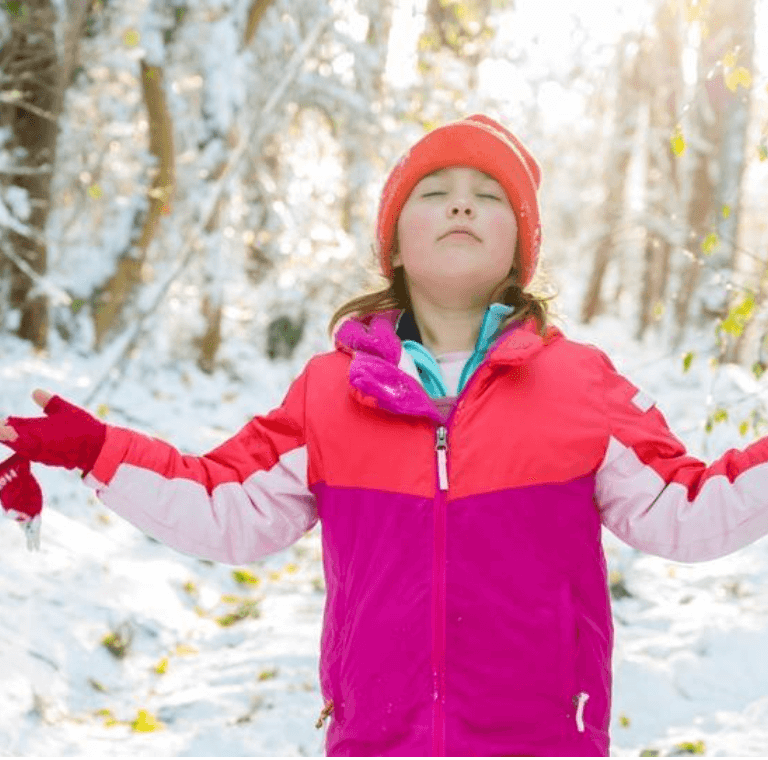During the winter months, children can often feel stir-crazy due to being indoors more often. Fortunately, finding engaging ways to help them stay present and mindful can significantly improve their emotional well-being. From productive hobbies like diamond painting to relaxing breathing exercises, these mindful activities can help children develop focus, reduce anxiety and build essential life skills. Let’s take a closer look at some of the best mindful winter activities for kids.
1. Diamond Painting
When introducing mindfulness to children, starting with engaging, hands-on activities works best, and diamond painting is an excellent entry point into focused creativity. This craft involves placing tiny resin diamonds onto a pre-printed adhesive canvas to create sparkling, three-dimensional pictures. Still wondering, “What is diamond painting?” Think of it as a combination of paint-by-numbers and cross-stitch — but with sparkly gems instead of paint or thread. Kids love the tactile nature of placing each diamond and watching their artwork come alive with shimmer and shine. It is incredibly easy to learn to do and the repetitive motion promotes concentration and helps children practice patience while creating something beautiful.
2. Nature Journaling
Encourage your child to observe and document the natural world around them. Give them a special notebook where they can draw plants, write about animals they see or collect leaves and flowers to press. Nature journaling teaches kids to slow down and notice details they might otherwise miss. Ask them to sit quietly in your backyard or a local park for five minutes and write or draw everything they observe. This practice strengthens their connection with nature and develops their observational skills.
3. Mindful Movement Stories
Create interactive stories where kids move their bodies mindfully. For example, tell a tale about a bird’s migration journey for the winter while your little one moves slowly and gracefully, pretending to fly. Include pauses for deep breathing as the bird rests in trees. This activity combines imagination, physical movement and breathing techniques in a way that keeps children engaged while teaching them body awareness.
4. Gratitude Rock Garden
Help your kiddo create their own gratitude practice by starting a rock garden. Have them collect and paint rocks, writing or drawing something they feel thankful for on each one. As the garden grows, they can revisit their gratitude rocks and add new ones. This ongoing project helps children develop an appreciation for both big and small blessings in their lives while creating a beautiful visual reminder of positivity.
5. Sound Safari
Turn listening into an adventure by taking kids on a sound safari. Have them sit comfortably and close their eyes. Ask them to raise their hand each time they hear a new sound, whether it’s a bird chirping, the crunch of someone walking on snow or distant traffic. After a few minutes, discuss all the sounds they noticed. This activity sharpens their awareness of their environment and helps them practice focused attention.
6. Emotion Color Wheel
Help your little one understand and express their feelings through color. Create a wheel divided into sections, each representing different emotions. Let them choose colors they associate with each feeling and decorate the sections. When they experience strong emotions, they can refer to their wheel and use it as a tool for emotional awareness and communication.
7. Mindful Jar

Create a calming tool using a clear jar filled with water and glitter. When shaken, the swirling glitter represents busy thoughts or big feelings. As children watch the glitter settle, they learn how their minds can also become calm and clear. This visual metaphor helps them understand the connection between stillness and mental clarity.
8. Touch and Tell Box
Fill a box with objects of various textures — think smooth stones, soft fabric, rough pine cones and fuzzy pom poms. Have your child reach in without looking and describe what they feel, encouraging them to use detailed sensory words. This exercise develops mindful awareness of touch sensations and expands vocabulary while making mindfulness practice fun and tactile.
9. Breathing Buddies
Encourage your child to lie down with a small stuffed animal on their belly. Ask them to focus on making their breathing buddy rise and fall slowly with each breath. This simple exercise teaches breath awareness and provides a concrete way for children to practice deep breathing, which can help them self-regulate when feeling overwhelmed.
10. Peace Corner
Work with your child to design a special space where they can go to find calm. Let them choose comfortable cushions, calming artwork and sensory tools like stress balls or fidget toys. Teaching children to recognize when they need quiet time and giving them a dedicated space for reflection helps them develop self-awareness and emotional regulation skills.
11. Story Stone Meditation
Paint simple images on smooth stones, such as a tree, cloud, star or flower. Place the stones in a bag and have your little one pick one randomly. Ask them to create a peaceful story about their stone, encouraging them to include sensory details and peaceful imagery. This activity combines creativity with relaxation techniques.
12. Mindful Eating Experience
Transform snack time into a mindful activity by choosing a simple food like a raisin or orange segment. Guide your child through exploring their snack using all five senses before eating it. Ask them to describe the color, texture, smell and sound before finally tasting it slowly. This practice teaches appreciation for food and develops focused awareness.
13. Weather Report Check-In
Teach children to monitor their internal state by comparing it to the weather. They might feel sunny, cloudy, stormy or calm. Create a chart where they can track their emotional “weather” throughout the day. This metaphorical approach helps them understand that feelings, like weather, change naturally and aren’t permanent.
14. Friendship Bracelet Meditation

While making friendship bracelets, encourage your child to think kind thoughts about the recipient with each knot or bead they add. This combines craft with loving-kindness meditation, teaching children to focus their thoughts positively while creating something meaningful for others.
Wrapping Up
These mindful activities offer various ways for kids to explore presence and awareness while having fun. Regular practice of these activities can help develop attention skills, emotional awareness and inner calm that will serve them throughout their lives. With consistency and gentle guidance, these activities can become valuable tools for managing stress, building focus and fostering emotional well-being.

13 thoughts on “14 Mindful Winter Activities for Kids”
Comments are closed.